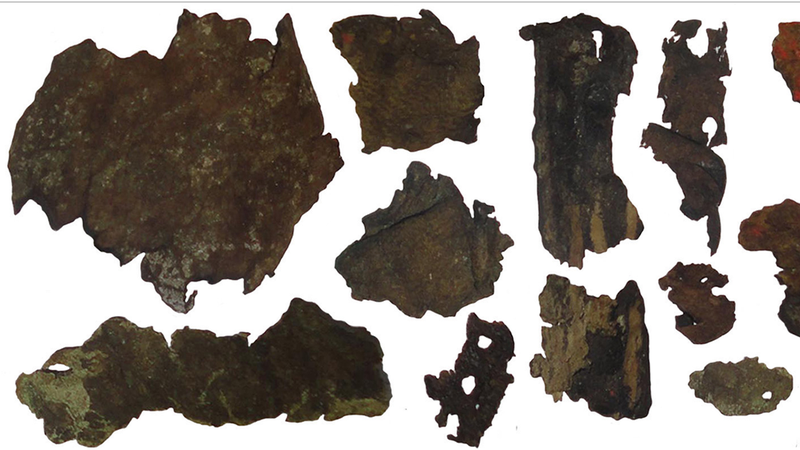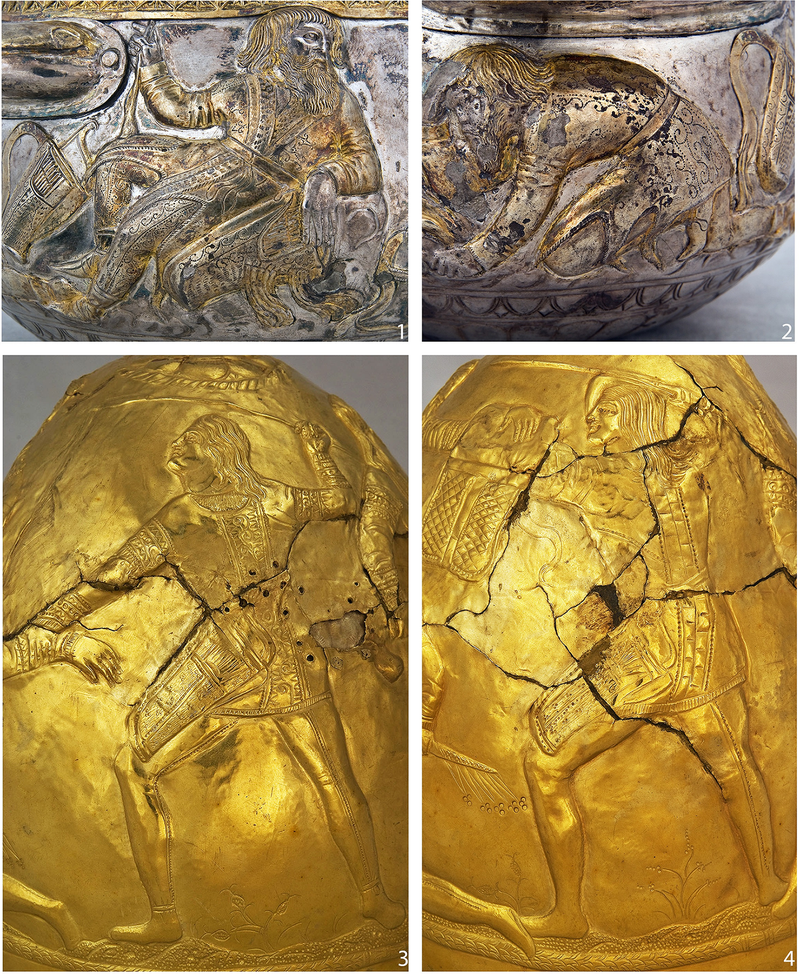Researchers Test 2,400-Year-Old Leather and Realize It's Made of Human Skin

Scythians in modern-day Ukraine made leather out of human skin, a team of researchers has determined, likely as a macabre trophy item. The discovery affirms a claim by the ancient Greek historian Herodotus, who wrote extensively on the Scythian way of life.
In their work, the researchers use paleoproteomics to establish the sources of leather found on 14 different Scythian sites in southern Ukraine. The manifold sources—sheep, goat, cattle, horse, and yes, human—suggest that the equestrian steppe groups had a sophisticated knowledge of leatherworking. The team’s research was published last week in PLOS One.
Read more
This New Development Could Make Cardi B and Offset’s Split Uglier
‘Gooey Mess’ Tesla Cybertruck Deliveries Held Up By Battery Production Nightmare
Aquaman And The Lost Kingdom review: A farewell with a focus on fun
Their weapon of choice on foot was the battle-ax, Herodotus added, and archaeological evidence suggests that the Scythians adored their horses. As the researchers noted, Herodotus detailed stories of Scythians drinking the blood of the defeated, using severed heads as a bargaining token for booty, and sewing together scalps to make clothing. Importantly for this line of research, Herodotus also said that “Many too take off the skin, nails and all, from their dead enemies’ right hands, and make coverings for their quivers.”

The fur samples were identified as red fox and animals in the cat and squirrel families. The team could not get a taxonomic ID on 26% of the samples they identified, but the majority of the identified samples were likely goat (C. hircus.) The runner-up was sheep leather (~19%), while the other leather sources were roughly evenly represented in the samples. Two of the leather samples were from horse, and two—probably the reason you’re here—were human skin.
Scrutiny of the human leather made the team conclude that the skin bits were crafted on the top parts of their respective quivers; the rest of the quivers were made from animal leather. But even the animal leather quivers used a combination of different skins in their creation; the team posits that “each archer made their own quiver using the materials available at the moment.”
Scythians’ prowess on battlefields didn’t get in the way of a good time: the British Museum notes that various Greek authors documented a heavy drinking culture among the Scythians, and Herodotus even detailed a sort of ancient hot box (until now I didn’t know the word ‘weed’ shows up on the British Museum website).
New research continues to reshape the modern image of Scythians. They were much more than fearsome nomadic warriors. In 2021, a different team studied isotopes in tooth enamel from sites across Ukraine to understand the diet and range of ancient people. Those scientists concluded that only a small subset of people that lived in Scythian times were leading heavily nomadic lifestyles.
Even if only a few of these ancient warriors used human skin for their quivers, the work substantiates one of Herodotus’ more metal claims about the Scythians. Whether any of the rumored clothing sewn from scalps will ever be recovered is another matter.
More: Four Roman Swords Found Hidden in Judean Desert Cave
More from Gizmodo
Rebel Moon — Part One review: Zack Snyder delivers a soulless dud
Read About Everything Wrong With The Chevy Blazer EV That Edmunds Bought With Its Own Money
Steam Keys For This Gaming Disaster Are Being Sold For Hundreds Of Dollars
Sign up for Gizmodo's Newsletter. For the latest news, Facebook, Twitter and Instagram.

